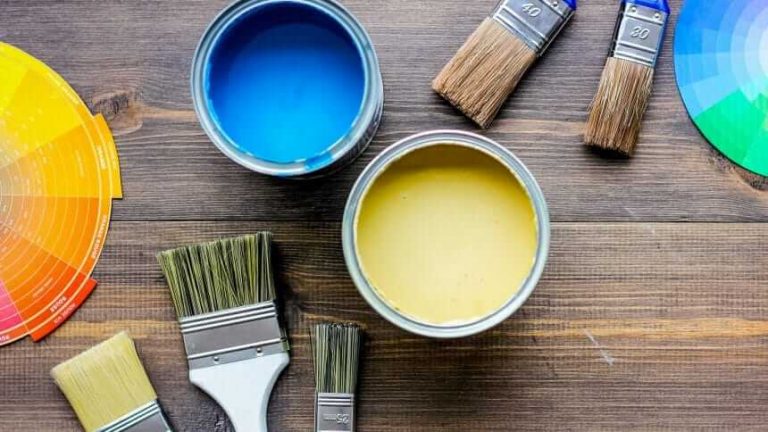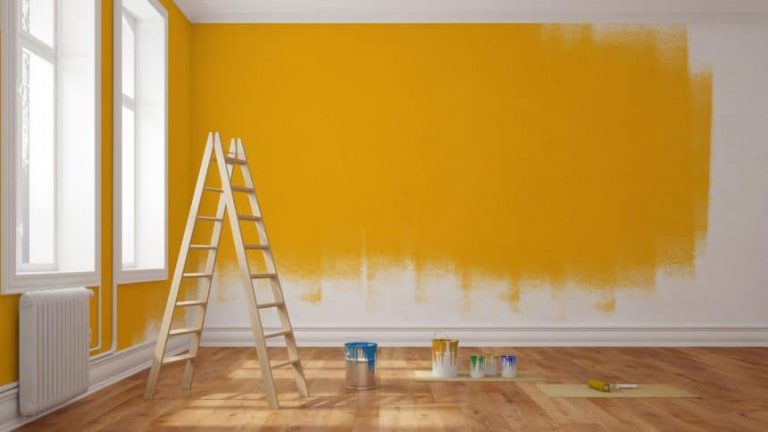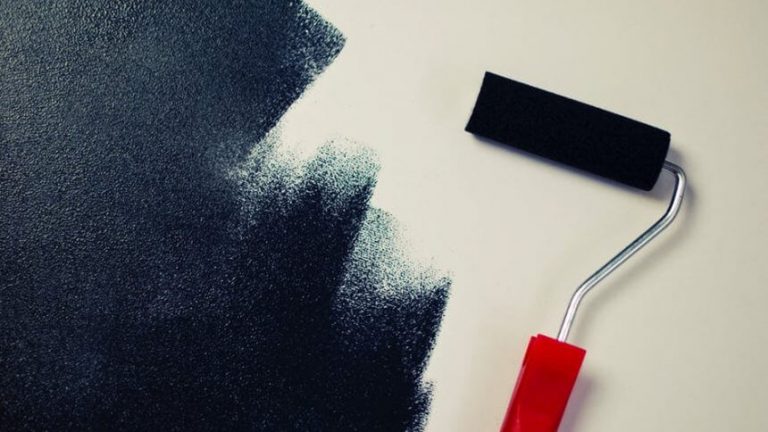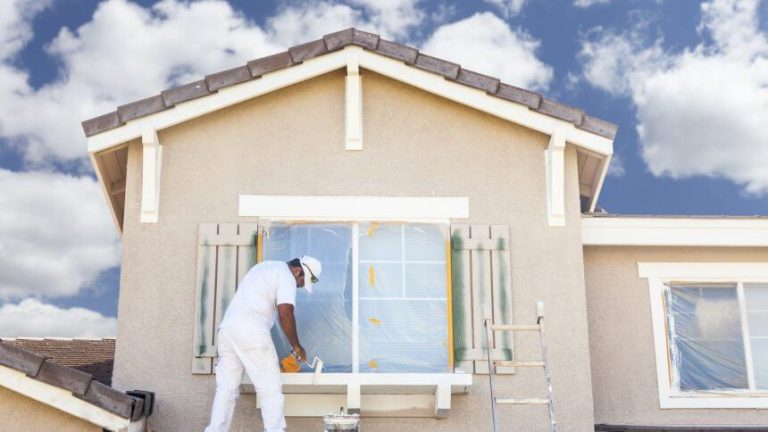Interior House Painting Tips
Interior house painting can do more than just give a home new look.
From a bold color to a cool and quiet pastel, interior home painting can define each room and bring the right mood for relaxing, unwinding and even entertaining.
New paint can improve your sagging spirits. Besides, it also has the power to enthuse you. Interior house painting is a brilliant way you can transform your living space quickly.
The interior of a painted home is easy to clean, resistant to wear and tear and above all, it has an enhanced overall value.
Interior house painting, however, means more than just getting color of choice and applying it on the walls.
Our interior painters can help you with the entire painting process to ensure that you end up with a flawless painting job.
Here are some secrets for cutting-edge interior house painting results:
Sand surfaces before painting
It’s recommended to have a smooth surface if you want to end up with a perfect job.
Sanding helps to level out joint-compound patches and flattens all the ridges. Use finer grit sandpaper and start from the baseboard right to the ceiling.
You can fill patch cracks and holes with a joint compound. Painting directly can suck the moisture from the paint thus resulting in a dull and flat look.
Our interior house painters use a tinted primer to eliminate flashing.
Start with the trim then end with the ceiling and walls
Image Line Painting professionals start by painting the trim before proceeding to the ceiling and finally walls.
It’s quite easier to tape off the trim than walls and ceiling. A paint blocking treated tape is ideal for getting a sharper line.
Keep a wet edge then roll the wall’s full height
Paint jobs that results in lap marks can be an eyesore, and nobody likes it. Lap marks occur when you paint over an already dry edge.
When you are using latex paint, then know that it dries quicker compared to oil paint.
It is recommended to maintain a wet edge so that each stroke can overlay the previous one before it dries out. The roller should run up and down the entire length of the wall. You can commence near a corner and move backward in case of runs or spots.
Using multiple colors
It’s tricky when it comes to using more than one color to paint a wall, i.e., top and bottom.
In such a case, it’s good to consider using a darker color at the bottom then finish with a light color on top.
The lighter color tends to dominate while the darker one brings out a grounding effect.
Additionally, in case of accentuating a trim, use a shade darker and shade lighter colors than walls. You can do the same to the ceiling.
Using a shade lighter brings out an airy feel while a darker shade makes a room feel cozy.
Think beyond and try paint effects
There’s no limit on what our painters can do with paint colors. Different colors can work on the same wall. Similarly, different finishes can bring out a subtle effect.
You can even consider using a stencil design with a flat finish for an elegant and smooth effect.
Other great finish is to include satin and eggshell and semi-gloss and gloss. Satin and eggshell provide a slightly shiny finish and are pretty simple to clean. Semi-gloss and gloss are great for trim and hold up pretty well.
Sand trim in between coats for a smooth finish
It’s not a surprise to end up with a grainy texture. This happens when you don’t sand the surface of one coat before applying the next coat of paint. You should dust off the trim after each sanding to remove dust.
Painting the interior of your house with a great color can potentially improve your mood, enhance the value of your home and make it easy to maintain.
If you are a homeowner, renovator or builder seeking to give your project a custom painting, then contact Image Line Painting today.






